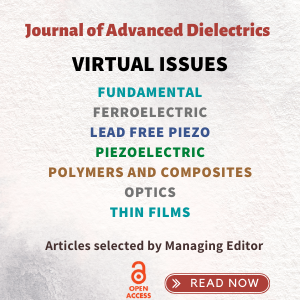System Upgrade on Tue, May 28th, 2024 at 2am (EDT)
Existing users will be able to log into the site and access content. However, E-commerce and registration of new users may not be available for up to 12 hours.For online purchase, please visit us again. Contact us at customercare@wspc.com for any enquiries.
A wide variety of materials is being used in biomedical engineering for various functions. This includes a range of ceramics, polymers and metallic materials for implants and medical devices. A major question is how these materials will perform inside the body, which is very sensitive to alien materials. The material must not only survive to perform its intended function but also not initiate any damage to the surrounding tissue or induce a wider health problem. The service characteristics of implanted materials are of vital concern to health treatments that alleviate ageing.
This book collates information and provides a concise text on the performance of different materials used in devices and implants. The knowledge presented is critical for a biomedical engineer, especially for the purpose of selecting the right materials. In addition, topics such as allergies and infection, tissue scaffolds, and drug delivery are reviewed.
Contents:
- Physiological Environment of the Human Body
- Implantation and Physiological Responses to Biomaterials
- Orthopaedic Prostheses
- Cardiac, Vascular and Neural Implants
- Dental Implants
- Bioartificial Pancreas and Bioartificial Liver
- Implants and Biomaterials for External Bodily Functions and Cosmetic Advantage
- Tissue Scaffolds
- Physiological Reactions to External Support Systems
- Drug Delivery Systems
- Physiological Reaction to Medical Instrumentation and Disposal of Used Biomaterials
Readership: Practitioners, lecturers, graduate students, and final year students in biomedical and materials engineering.
























